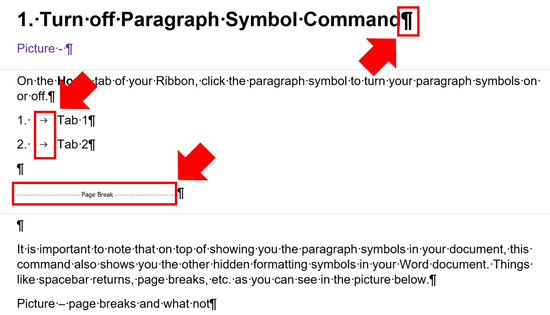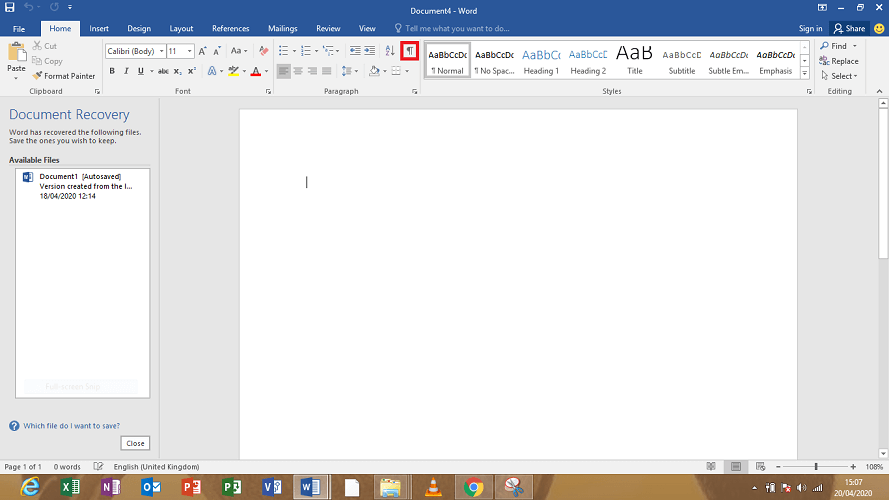
- PARAGRAPH SYMBOL ON KEYBOARD MAC SOFTWARE
- PARAGRAPH SYMBOL ON KEYBOARD MAC CODE
- PARAGRAPH SYMBOL ON KEYBOARD MAC SERIES
Tools may be required to easily generate a pilcrow, or other special characters.
PARAGRAPH SYMBOL ON KEYBOARD MAC CODE
Historically, the pilcrow symbol was included in the default hardware codepage 437 of IBM PCs (and all other 8-bit OEM codepages based on this) at code point 20 (0x14), sharing its position with the ASCII control code DC4. The capitulum character is obsolete, being replaced by pilcrow, but is included in Unicode for backward compatibility and historic studies. In addition, Unicode also defines U+204B ⁋ REVERSED PILCROW SIGN, U+2761 ❡ CURVED STEM PARAGRAPH SIGN ORNAMENT, and U+2E3F ⸿ CAPITULUM. The pilcrow character was in the 1984 Multinational Character Set extension of ASCII at 0xB6 (decimal 182), from where it was inherited by ISO/IEC 8859-1 (1987) and thence by Unicode as U+00B6 ¶ PILCROW SIGN.
PARAGRAPH SYMBOL ON KEYBOARD MAC SERIES
The pilcrow may indicate a footnote in a convention using a sequence of distinct typographic symbols in sequence to distinguish the footnotes on a given page it is the sixth in a series of footnote symbols beginning with the asterisk. In typing programs, it marks a carriage return that one must type.

It is also used as the icon on a toolbar button that shows or hides the pilcrow and similar onscreen annotations that mark hidden characters, including tabs, whitespace, and page breaks.
PARAGRAPH SYMBOL ON KEYBOARD MAC SOFTWARE
The pilcrow is used in desktop publishing software such as desktop word processors and page layout programs to mark the end of a paragraph. This is analogous to the writing of these instructions in red in some rubrication conventions. King's College, Cambridge uses this convention in the service booklet for the Festival of Nine Lessons and Carols. in some high-church Anglican and Episcopal churches, it is used in the printed order of service to indicate that instructions follow these indicate when the congregation should stand, sit, and kneel, who participates in various portions of the service, and similar information.The proofreader inserts the pilcrow at the point where a new paragraph should begin in proofreading, it indicates an instruction that one paragraph should be split into two or more separate paragraphs.



This was rendered in Old French as paragraphe and later changed to pelagraphe. The word 'pilcrow' originates from the Ancient Greek: παράγραφος ( parágraphos), literally, "written on the side or margin".


 0 kommentar(er)
0 kommentar(er)
